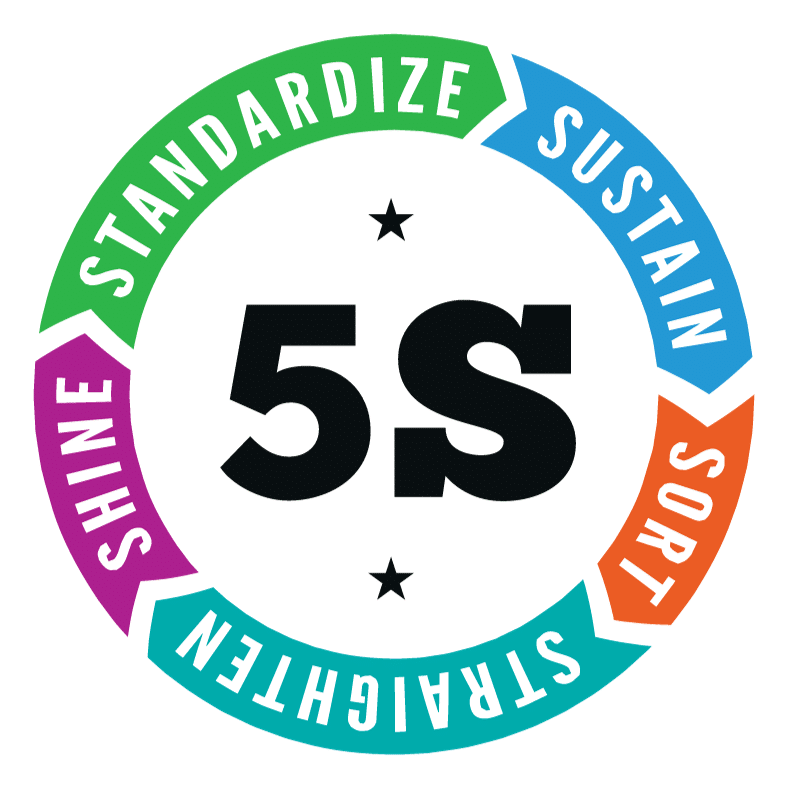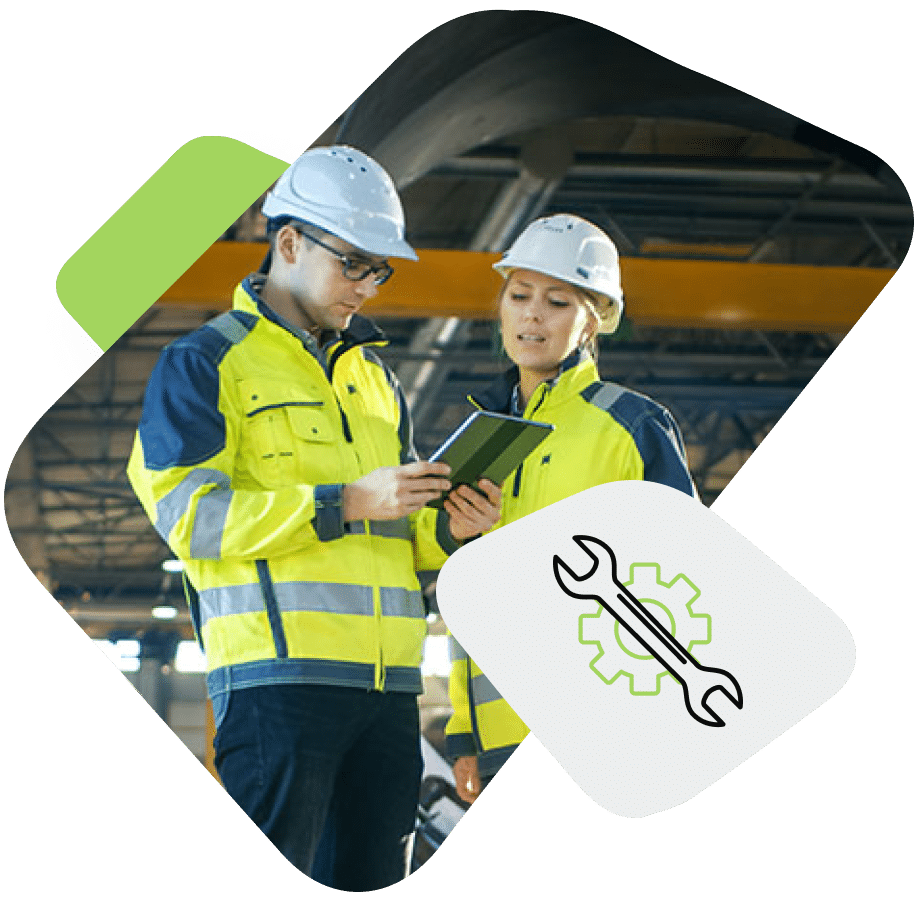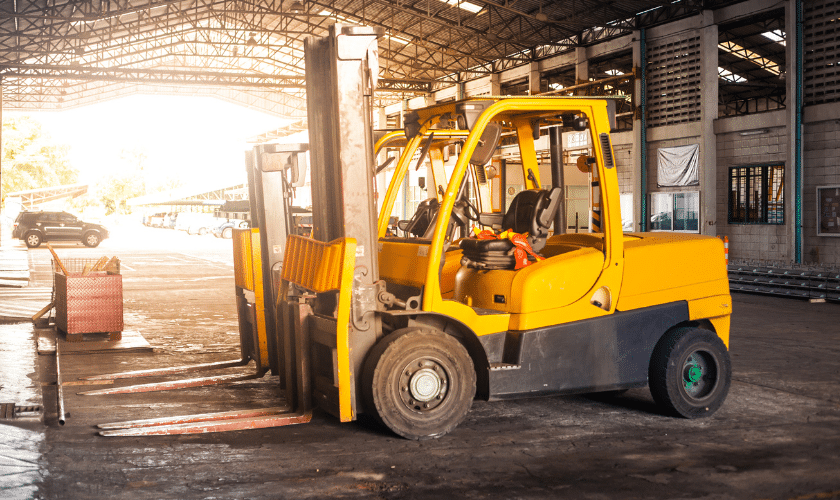December 19, 2023 5 min read

What Is 5S in Manufacturing?
Industry:
Solution:

5S Lean Manufacturing is a systematic methodology focused on creating and maintaining a well-organized, efficient, and safe workplace environment. Originating from Japanese principles, the ‘5S’ framework is a structured approach to eliminating waste, improving productivity, and fostering continuous improvement within manufacturing and other industries.
Each of the five principles of 5S Lean Manufacturing plays a pivotal role in cultivating a workplace environment that not only operates smoothly but also evolves and enhances its efficiency over time.
Step 1: Sort (Seiri)
The first ‘S’ of 5S Lean Manufacturing, known as “Sort” or Seiri in Japanese, focuses on streamlining the workplace by removing unnecessary items.
This crucial step involves decluttering the workspace and identifying materials that do not contribute to the production process. By simplifying the environment through the elimination of non-essential items, organizations can minimize distractions, reduce the risk of errors, and enhance overall efficiency in line with 5S Lean Manufacturing principles.
Step 2: Set in Order, or Straighten (Seiton)
The second ‘S’, referred to as “Set in Order” or Seiton, emphasizes organizing tools, equipment, and materials in a logical and efficient manner.
This step aims to streamline operations by making it effortless for employees to locate and utilize necessary items. By allocating designated locations for each item, this methodology eliminates time wasted on searching for essentials and reduces disruptions in the workplace.
Implementing optimized workspaces not only fosters a more structured environment but also facilitates smoother workflow processes, enabling tasks to be executed with precision and speed in alignment with 5S Lean Manufacturing principles.
This preview video of Vector Solutions’ new 5S Methodology course covers straightening, including the ideas of reducing waste, improving efficiency, and using visual workplace management techniques.
Step 3: Shine (Seiso)
The third ‘S’, referred to as “Shine” or Seiso, underscores the importance of regular cleaning and maintenance to establish a safe and hazard-free workplace environment.
This step involves thorough cleaning and sanitation practices to uphold cleanliness standards and mitigate potential risks. Regular cleanings not only enhance the aesthetics of the workspace but also provide an opportunity to inspect machinery and equipment for any signs of damage or wear, thereby contributing to the longevity of assets.
This aspect of 5S Lean Manufacturing is particularly beneficial for maintenance professionals, safety professionals, and individuals involved in continuous improvement initiatives, as it fosters a culture of proactive maintenance and safety within the organization.
Step 4: Standardize (Seiketsu)
The fourth ‘S’, known as “Standardize” or Seiketsu, emphasizes the importance of consistency in sustaining improvements made during the initial three steps.
This step involves developing and implementing standardized procedures to maintain the enhancements achieved thus far.
By establishing uniform processes and practices across the organization, ‘Standardize’ ensures that everyone follows the same procedures consistently. This standardization not only promotes efficiency but also fosters a cohesive and organized work culture, facilitating continuous improvement efforts in alignment with 5S Lean Manufacturing principles.
Step 5: Sustain (Shitsuke)
The fifth and final ‘S’, termed “Sustain” or Shitsuke, revolves around nurturing a culture of continuous improvement within the organization.
This critical step entails ongoing efforts to embed 5S Lean Manufacturing principles into the organizational culture to ensure lasting benefits. Sustain involves various actions, including employee training, regular reviews, and audits of processes, to reinforce the importance of maintaining the established standards.
By fostering a culture of ownership and accountability among employees, organizations can sustain the benefits of 5S Lean Manufacturing in the long term, leading to continuous improvements and increased resilience in the face of challenges.
Infographic: What is 5S?
A step-by-step guide to implementing the 5S methodology, offering valuable insights into optimizing processes, reducing waste, and enhancing overall productivity.
View Infographic
How to Get Started with 5s Lean Manufacturing
5S Lean Manufacturing is not a one-time initiative but a mindset that encourages employees at all levels to actively participate in maintaining and enhancing the workplace. By eliminating waste, reducing downtime, and optimizing resources, organizations can experience a direct impact on their bottom line.
Take the first step towards a more organized and efficient workplace with our #1 most utilized industrial course: 5S Methodology. This new and improved course teaches the principles of 5S in workplace organizations, providing a comprehensive approach to identify and eliminate waste, establish clear standards, and foster sustained improvements through the five crucial steps.
Empower your workforce to adopt a “think Lean” mentality by enabling them to continually refine both equipment and processes through our specialized lean manufacturing and 5S training. Contact us today for more information on our industry-specific and skills-specific eLearning courses.
Online Industrial and Manufacturing Training Courses
Empower teams with critical industry-specific knowledge and job skills to reduce downtime and keep production running smoothly.
View Courses








